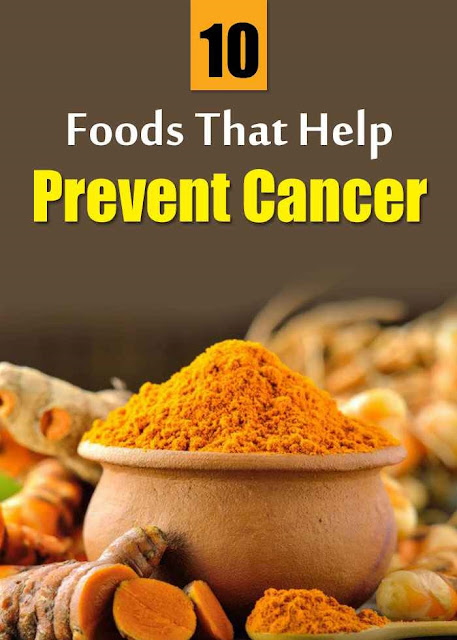You might believe that by improving your diet, you can prevent this dreaded disease due to the countless books and news articles about cancer-fighting foods.
Sadly, it’s not that easy. When a headline reads, “Cure cancer naturally,” you should never click on it. In actuality, running will be better for your health than the recommendations made in that news article.
There are some foods linked to a decreased risk of developing cancer. Even though this is encouraging news, keep in mind that it is based solely on research conducted on mice, Petri dishes, and humans. These studies on human epidemiology found that people who ate A, B, and C for “x” years had a y-percent lower cancer risk than a group of slothful individuals who did nothing to maintain their health.
So, there are no guarantees. Consider that among the leading proponents of the macrobiotic diet — the grain- and vegetable-based diet purported to cure cancer — Aveline Kushi and her daughter Lilly died of cancer, Michio Kushi had a tumor removed from his intestine, and founder George Ohsawa died at the relatively young age of 73, likely of a heart attack.
Many causes of cancer are environmental, largely from tobacco, excessive sun exposure and workplace hazards such as chemical solvents and fumes. Avoidance is the best prevention strategy here.
Aside from that, if you want the odds on your side, the foods in this list do seem to carry some cancer-protection properties.
Wine
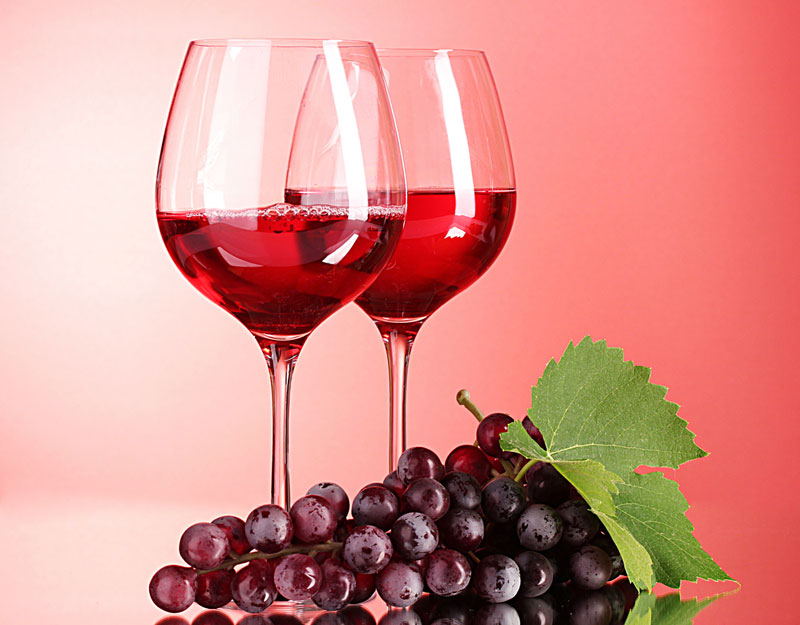
Wine — and, in particular, red wine with its high concentration of the chemical resveratrol from the grape skin — is anti-cancer and pro-heart, at least in moderation. Alcohol can be toxic and is associated with liver, breast and stomach cancers. Somewhere there is a balance, though, with resveratrol contributing in some unknown way to suppress metabolites associated with cancer growth. More and more researchers have become comfortable in recent years in recommending a glass of wine a day to prevent cancer and promote a healthier circulatory system. If the concept of wine seems too radical to include on a list of anti-cancer foods, consider having that wine with an Italian pasta meal with tomato sauce (high in lycopene, somewhat associated with cancer prevention), sardines and a dark leafy green salad (high on the anti-cancer food list).
Cruciferous Vegetables
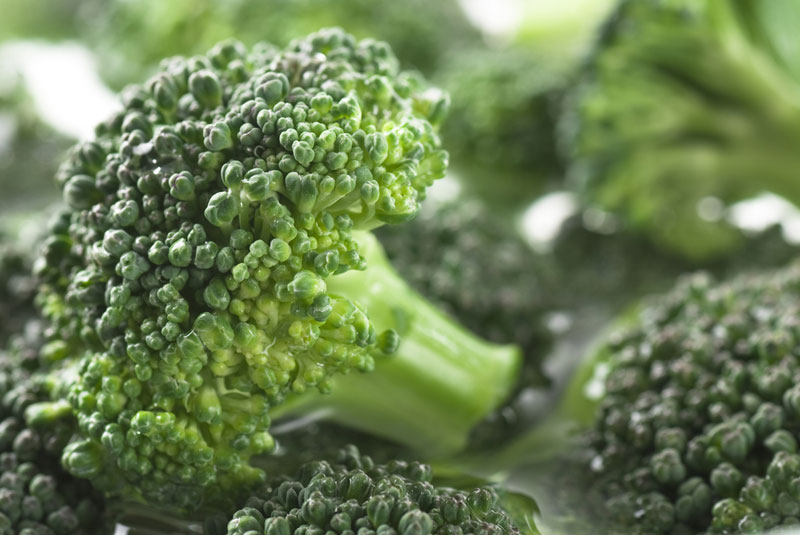
Cruciferous vegetables are those in the mustard or cabbage family, and the list is exhaustive. Unfortunately, most U.S. markets only carry a few: cabbage, broccoli, kale and collards. Step into a good Asian market for an entire aisle of offerings. These vegetables, in varying degrees, are rich in anti-cancer properties such as diindolylmethane, sulforaphane and the element selenium. The punch comes with the crunch: Chewing, more so than subsequent digestion, releases these chemicals. Thus, it is important not to overcook these greens. Even tough collards, if fresh, can be chopped thin and pan-fried in a few minutes, as opposed to the traditional southern methods of boiling the hell out of these.
Green Tea
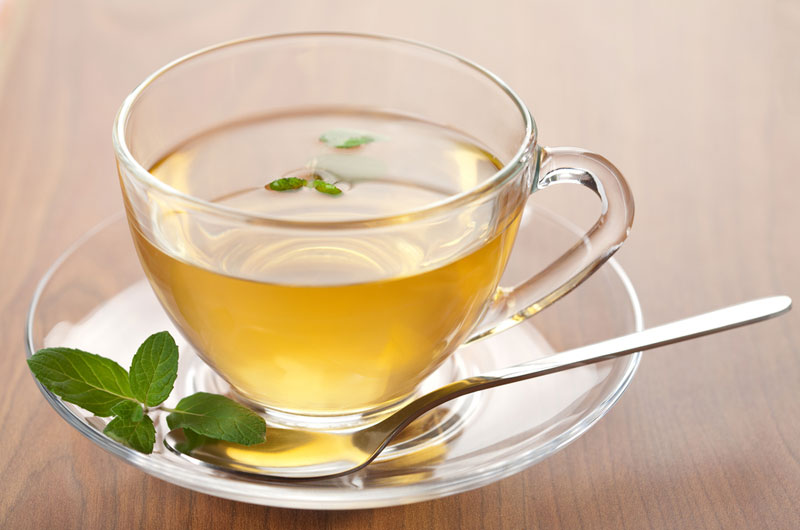
Start drinking up to a half-gallon of green tea a day, cold or hot, caffeine be damned. (Tea only has a third of the caffeine found in most coffee.) Green tea has epigallocatechin gallate (EGCG) and catechins, as tough on cancer cells as they are on the tongue to pronounce. EGCG retards cancer growth; and stomach and lung cancer rates in Japan would likely be even higher considering all the cancer-promoting salty food and tobacco there.
Note that in the United States it is extremely difficult to get real green tea. What you are buying is green tea drink (sugar, water, and someone whispering the words “green tea” over the bottle) or green tea mix (a blend of teas to ease that natural bitterness of green tea). The most potent green tea comes from Japan; and Asian supermarkets carry many varieties, with the best brands being in boxes with letters you can’t read. Note also that black teas lose healthy catechins in the fermentation process; and decaffeinated teas lose catechins in the washing process.
Vitamin D
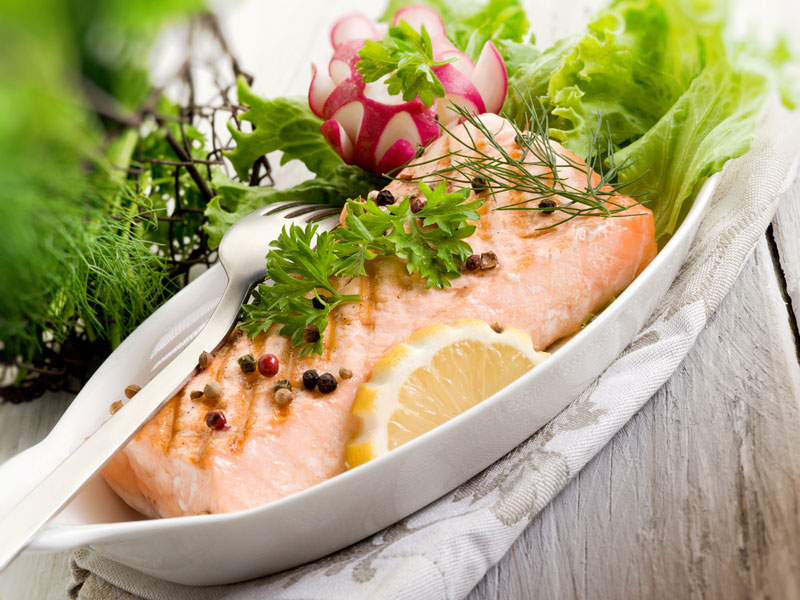
Vitamin D isn’t a food per se; it is a proto-hormone that seems to interfere with cancer growth. Many studies on humans have shown vitamin D is instrumental in reducing the risk of colon and breast cancer and improving the survival rates of lung cancer. The precise mechanism is not known, but most researchers in recent years have become increasingly convinced that few of us get enough vitamin D through sunlight or diet. There are few vegetarian sources other than eggs and UV-irradiated mushrooms. Your best bet comes from the waterways: catfish, salmon, sardines, or mackerel.
Folate
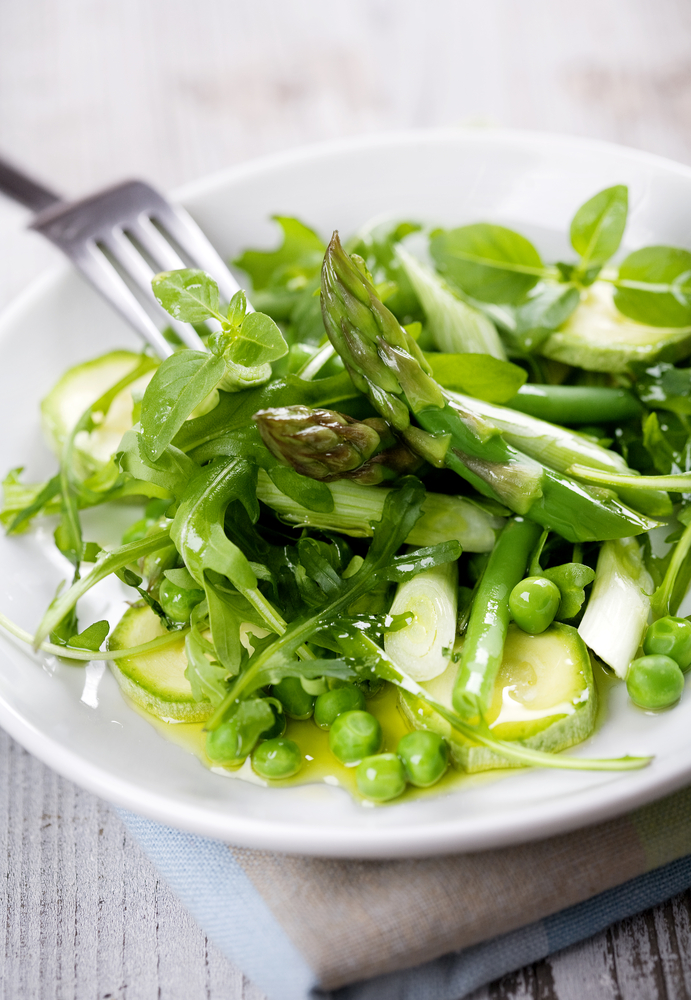
Folate, and the related folic acid or vitamin B9, is part of the vitamin B-complex family, which as a whole has cancer-preventive properties. The cancer-folate relationship is complex. People with diets low in folate seem to have higher rates of cancer. Diets high in folate don’t necessarily prevent cancer, but they don’t seem to hurt. The lack of folate might enable cancer to get the upper hand, allowing mutations to occur unchecked. Leafy green vegetables, asparagus, beans, peas and lentils are all generally high in folate.
Dark Green Vegetables
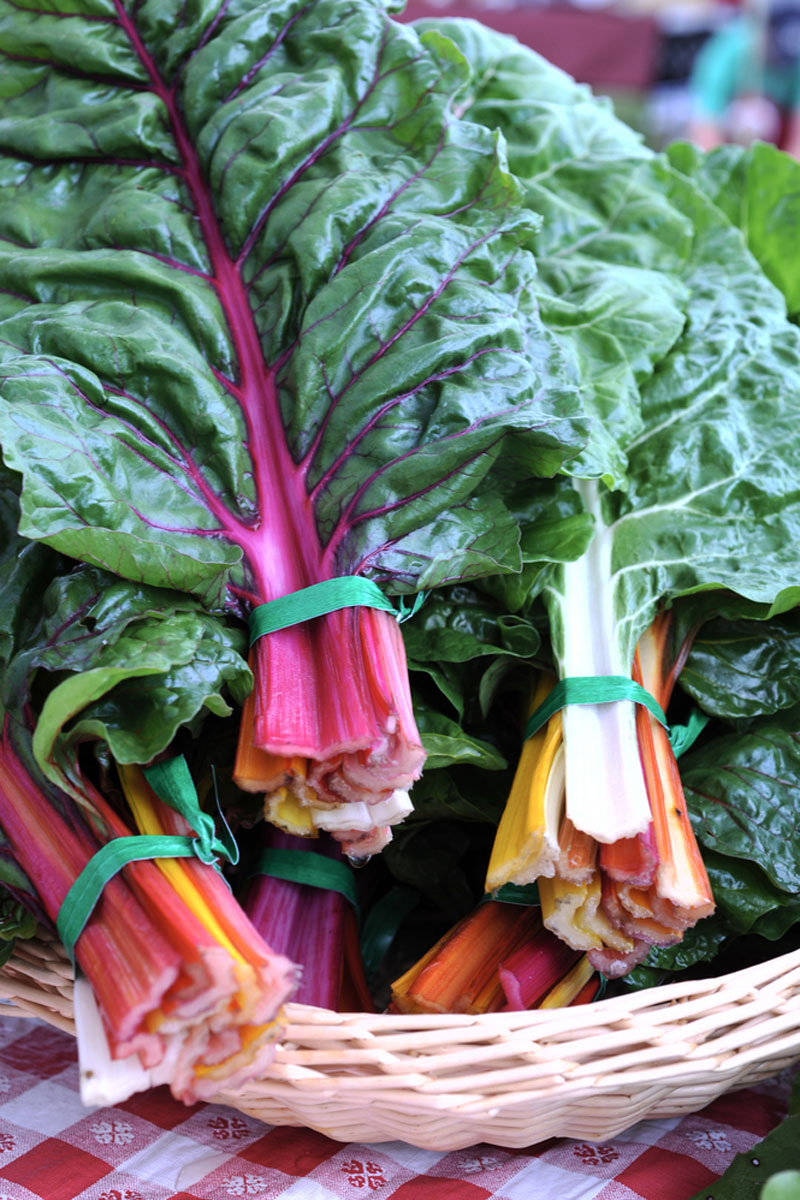
This category of vegetables overlaps the cruciferous family and includes chard, spinach and beets (by virtue of the leaves, but the red root is healthy, too). These vegetables contain, among other goodies, beta-carotene, lutein and zeaxanthin — each of which are powerful antioxidants that can block early cancer development. They are also high in folate. Best yet, Swiss chard in particular is extremely easy to grow in pots. It’s the plant that keeps giving: You can clip off leaves for months upon months as new ones keep shooting up. Fresher greens are more tender and tastier.
Ginger and Turmeric
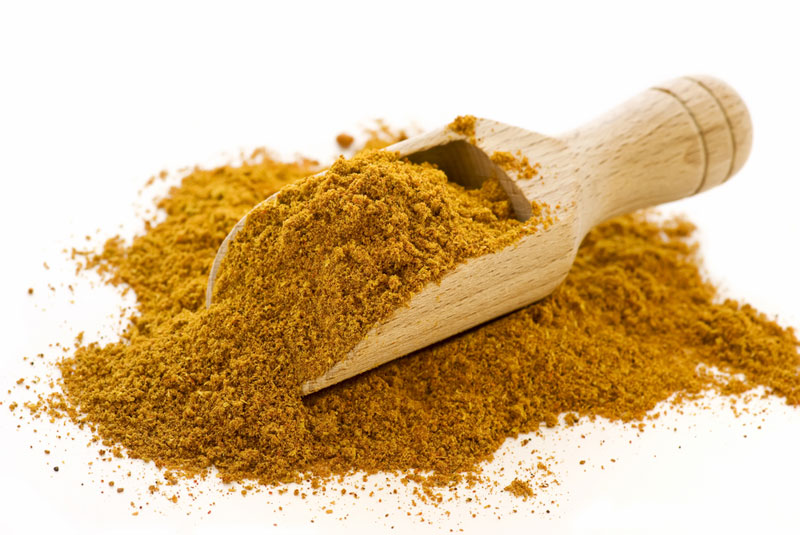
Ginger and turmeric are about as close as you can get to good-tasting medicine. Ginger has powerful anti-inflammatory properties and can slow cancer growth. Turmeric, the spice that forms the base of most curries, is from a root in the ginger family. The active ingredient is curcumin, which can kill cancer cells quickly, albeit in a test tube. Ginger and turmeric enhance the flavor of most any meal and come with a long list of healthful benefits. Yes, you can get both ginger and turmeric/curcurmin in a pill form. But pill supplements are usually dumb American ideas. Add these to your spice rack, not medicine cabinet.
Beans and Lentils
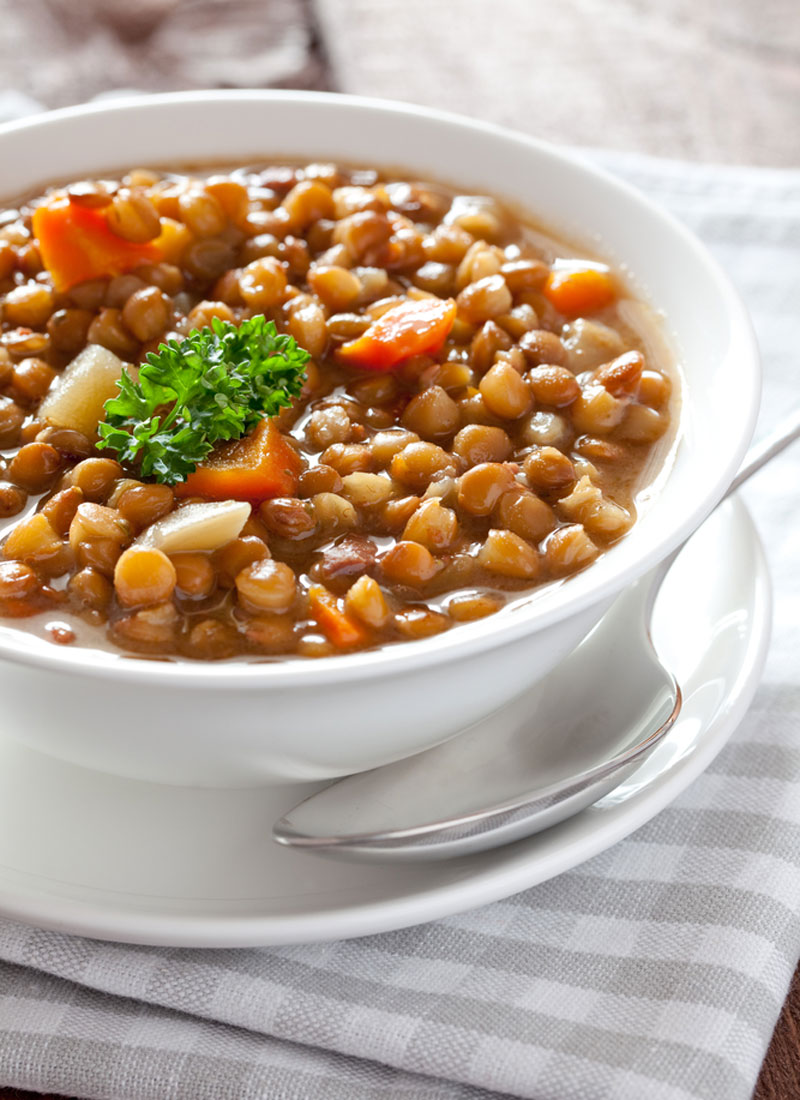
Add the aforementioned ginger or turmeric or both, and you’re in for some good, healthy eating. Beans and lentils contain numerous phytochemicals, far too cumbersome to read in one sitting, that have been shown in the laboratory to slow or prevent damage to the DNA, the basis of cancer. The added benefit comes with the fiber, associated with lower risk of digestive cancers such as colon cancer. The tricky part, for many Americans, is learning how to cook these properly. Make friends with someone from India who can cook, and you’ll be amazed how you can get through much of your week without beef or pork.
Chocolate
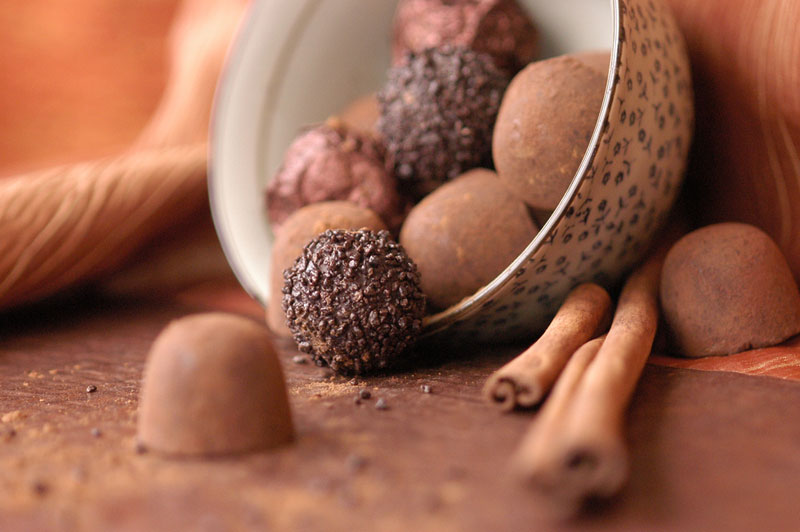
Chocolate has endured countless studies by scientists determined to prove this can’t possibly be healthy. But it is healthy, provided the cocoa-to-candy ratio remains high. Reach for a dark chocolate bar with at least 70-percent cocoa (often spelled cacao), preferably more. The closer to its bitter bean state, the better. One again we see those antioxidants and therapeutic polyphenols at work. In particular there is a class of chemicals in cocoa called catechins, also found in tea, that seem to offer protection against heart disease, stroke and cancer, according to studies of South Americans who consume the cocoa bean generously.
Berries
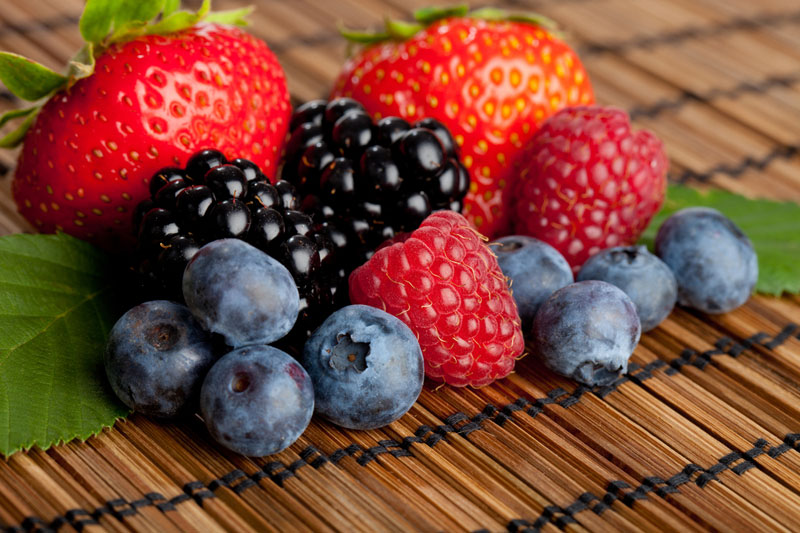
Just about any food with word “berry” in it is extremely healthy, with the primary exception being Cap’n Crunch’s Crunch Berries. Most berries contain ellagic acid and other polyphenol antioxidants that inhibit tumor growth. Don’t get too caught up in one kind of berry and the “best” polyphenol with a name you can’t pronounce. Focus on a variety of seasonal berries and add them to plain, no-fat yogurt.
Scrumptious Smoothie
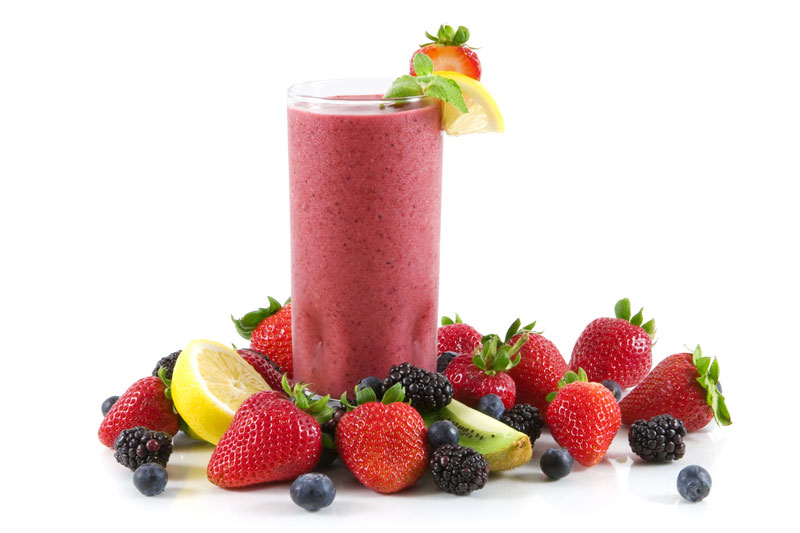
Try mixing most of the items mentioned in this anti-cancer food list into a smoothie with non-fat yogurt or silken tofu. You’ll be amazed the amount of healthy junk you can cram into a smoothie — flaxseed, wheat germ, and even bitter vegetables — and still come up with something tasty as long as you include berries, kiwis, bananas, peeled carrots or any combination thereof.
